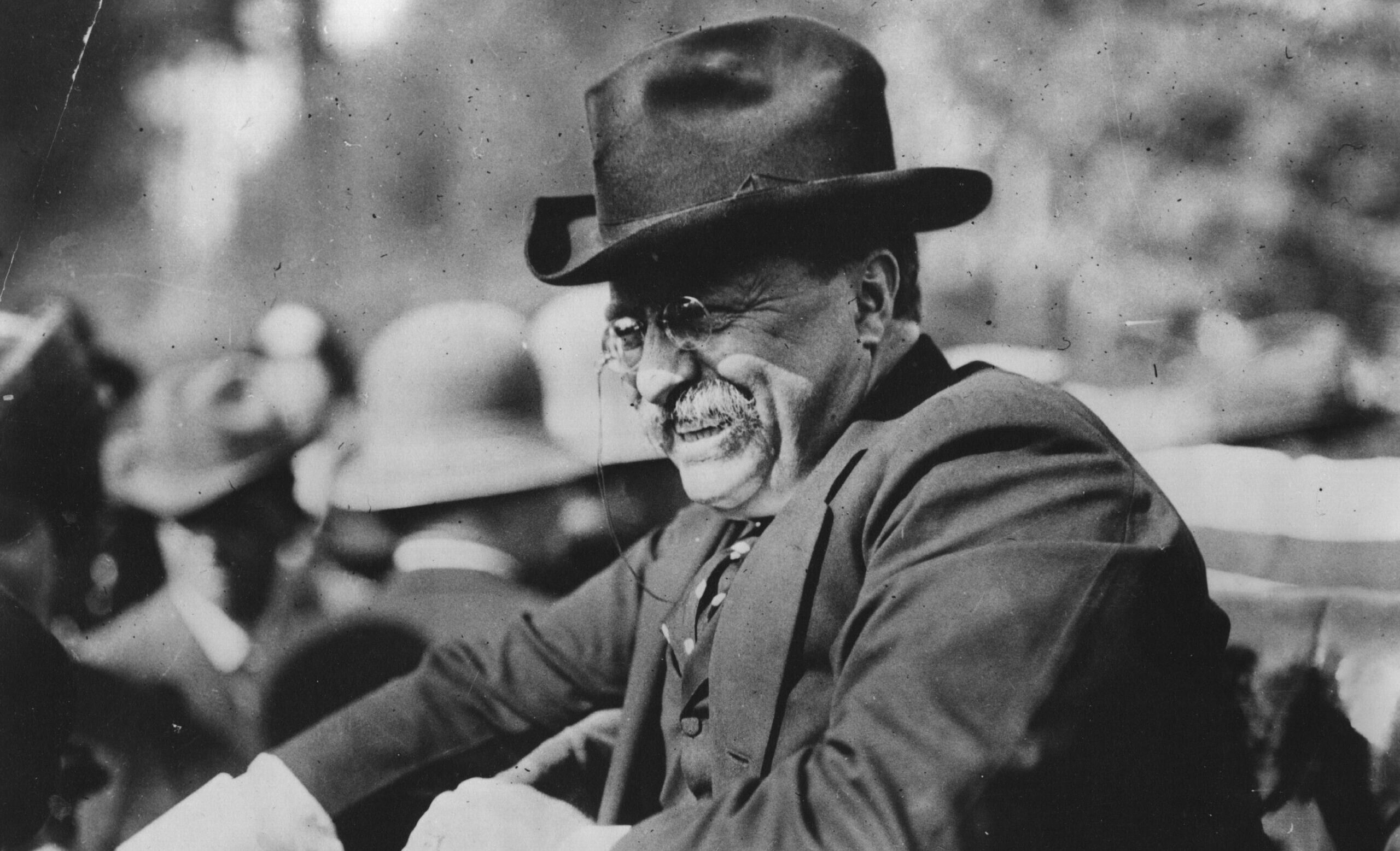The Madness of Crowds:
Gender, Race, and Identity
By Douglas Murray
(Bloomsbury Continuum, 2019)
The goal of a society of individuals with equal rights under law is now in dispute. Its detractors argue that such a framework papers over historic and ongoing patterns of discrimination that racial and gender majorities use to marginalize minorities of all stripes. The solution is to employ race, and now gender, as crucial markers of identity.
These identities are proclaimed, it seems, not to heal divisions but to deepen them. Grievances of past and present, real and imagined, are hurled at those believed to wield the highest forms of power. In this drama, there is no love, forgiveness, compromise, or memory of how Western democracies, including America, attempted to remedy past racism and discrimination against minorities. There is only the lust for power and desire to build a new kind of society.
Douglas Murray’s The Madness of Crowds brings a prescient analysis to this identity project. As Murray notes, religion and the grand ideologies of the twentieth century have been emptied of narrative meaning. But those of us in “wealthy western democracies today could not simply remain the first people in recorded history to have absolutely no explanation for what we are doing here.” Race and gender are not merely political categories but a proposed answer to this existential crisis.
Murray breaks down this movement into three parts: “social justice,” “identity politics,” and “intersectionality.” Social justice is the overarching claim of cosmic fairness; identity politics is “where it finds its caucuses” or members dedicated to equality; and intersectionality is the Marxist-inspired ideological blueprint for subverting the dominant capitalist, white, male, heterosexual paradigm. This goal is achieved by boosting the status of racial and gender minorities. Precisely because of their oppression, these groups must have higher standing when they speak.
Murray points to the infamous video of Yale students yelling at Professor Nicholas Christakis because of an email his wife, Professor Erika Christakis, sent to students commenting on the university’s rather paternalistic letter to them cautioning about wearing racist, insensitive, or discriminatory Halloween costumes. Her letter generally upheld freedom of expression and tolerance and the particular quality of being “inappropriate or provocative.”
Such antics were once the calling card of youth. But this was simply impermissible according to the students who screamed at her husband in a Yale courtyard. Such counsel, they said, amounted to derision of minorities. As one black male student howled, “Look at me, you will never understand what I have experienced!”
This incident raises a contradiction that runs through the modern left. At one level, a minority speaker must be given increased status, presumably to be heard so that unjust power hierarchies can be more effectively dismantled. But we are also told that white listeners cannot understand such words. Call it the politics of dictation: take down what I say and obediently learn it.
Much of the basis for this meshugaas is a remade Marxism. Murray depicts a 1911 Industrial Workers of the World poster that was entitled “Pyramid of the Capitalist System.” Rather cleverly, workers were placed at the bottom with the caption “We feed all”; above them were the well-dressed and amply fed capitalists with the caption “We eat for you”; above them were the military, clergy, and the monarch. The highest tier featured a moneybag and dollar sign.
The new pyramid still features capitalism on the top shelf. Beneath it are white, male, and heterosexual capitalists. They stand on the heads of racial minorities, gays, women, and transsexuals. Murray notes that while the old cartoon advertised a need to confiscate and redistribute the wealth of the capitalists, today’s social justice pyramid is intended to take power from the “white, patriarchal, heterosexual, ‘cis’ system” and share it “more fairly with the relevant minority groups.”
Theorists recognized that Class Struggle 1.0 had lost momentum even before the fall of the USSR. Murray describes efforts in the 1980s by academics like Peggy McIntosh, author of White Privilege, and Ernesto Laclau and Chantal Mouffe, authors of Hegemony and Socialist Strategy, to move beyond the traditional Marxist focus on the working class. Their theoretical point was that “mature capitalism” had generated conditions that didn’t center on class struggles. Laclau and Mouffe write that “what interests us about these new social movements”—that is, movements for recognition of personal identity—is that they are “an extension of the democratic revolution to a whole new series of social relations. As for their novelty, that is conferred upon them by the fact that they call into question new forms of subordination.”
Workers weren’t even sympathetic allies to left-wing theorists, given their class’s latent racism, sexism, and anti-immigrant attitudes. Supporting them as part of the anti-capitalist struggle had become an ideological crime. On the other hand, women and racial/sexual minorities could replenish the Marxist ranks by making identitarian claims. Murray doesn’t say so, but it helped that the old sexual norms were no longer held firmly by those at the top of the pyramid. The so-called capitalist bullies could be readily shamed for past oppression of sexual minorities.
Puritanism Minus Theology
The analysis Murray provides, while convincing on its own terms, might not hold up in America as well as it does in Europe or the United Kingdom, where Marxism had a stronger intellectual and institutional presence. What is probably doing more of the work here, as Alan Jacobs and Joseph Bottum have argued, is the revival of Puritan concepts of sin, redemption, and purification in a context divorced from traditional theology. In addition to a conflict over power, there is a moral vacuum that social justice activists want to fill.
As Yuval Levin notes in his recent book A Time to Build, this moral dimension should shape the responses of conservatives. Rather than just insisting on academic freedom or free speech or intellectual diversity, we must recover the form and meaning of liberal institutions and the pre-liberal inheritance they are built on. We aren’t indifferent to truth, nor do we insist on choice for its own sake. As Pierre Manent has argued, if liberal institutions are wholly severed from truth and the good, then they betray themselves.
Despite its moral appeal—at least to educated, secular activists—the theoretical foundation of identity politics is incoherent. The problem turns on the sources of identity. Is identity ingrained or assumed? In Murray’s terms, is it about “hardware” or “software”?
The battle for gay rights and women’s rights relied on hardware claims in previous decades. You just are gay, “born this way” as Lady Gaga sings. Similarly, feminists claimed that there was something given that was distinctively female. True, a patriarchal civilization had attributed all manner of things to women that weren’t necessarily part of woman-ness. But feminists like Germaine Greer were certain that male and female were realities.
Murray argues that this appeal to hardware made rights claims easier to accept. If you are “born this way,” limiting your opportunities or oppressing you becomes harder to justify. Yet that approach has been challenged, to some extent by critical race theorists but especially with regard to gender and sexuality.
Judith Butler’s Gender Trouble argued that gender is a social construct and is “culturally presupposed.” A popular expression of this idea can be observed in HBO’s Girls. In one episode, a gay man has willing sexual relations with a young woman. Things were complicated for him, we learned. When Lena Dunham, one of the show’s architects and main actresses, was asked about the episode being potentially offensive to homosexuals because gay sexuality had been presented as protean, rather than fixed, her response was that sexuality expressed multitudes. While hardware arguments about gender had become ingrained and politically successful, a new understanding began to run alongside it, one more fitting to an age that had already banished nature as a ground or limit to human action.
The trans agenda presents an even more radical claim about human sexuality as if it were self-evident. Rather than arguing that sexual perception and behavior are somewhat flexible, it insists that they have no physical basis whatsoever. Old-school feminists thus encountered a harsh response when their claims that womanhood reflected a prior reality butted against the transgender claim that men could become women either in self-understanding or through hormonal and surgical alteration. Greer, Julie Bindel, and a rather small group of feminists who stuck to what had been a majority position were now called Trans-Exclusionary Radical Feminists, or “TERFs.”
Murray focuses on the transgender movement because of its swift victory and the radical certainty it exhibits on behalf of its most extreme demands, such as providing twelve-year-olds puberty blockers so they can more easily surgically transition between genders as teenagers. This movement mercilessly attacks anyone, parents especially, as bigots for urging caution or delay.
Taking these extreme positions as scientific certainties means, Murray thinks, that the gender identities movement does not want to solve any of the problems it claims to be concerned about but pursues the bigger prize of social transformation. He argues that “the first clue lies in the partial, biased, unrepresentative and unfair depiction of our own societies.” Such “analysis” is not given from a “critic hoping to improve, but as an enemy eager to destroy.”
The Marxist nature of the movement, Murray concludes, is visible here. If you cannot rule or collapse a society, then “you sow doubt, division, animosity and fear.” You make “people doubt absolutely everything.” The real end of the trans project, Murray says, will come from the lawsuits filed a generation from now, when the transitioned youth start suing their former therapists and doctors. In America, this is a virtual certainty.
Murray’s insightful analysis of the gender and racial justice project falters when he turns to his response to it. A book that began by observing that the old gods are dead nevertheless struggles to find new objects of esteem, if not love and devotion. Murray offers sober and decent advice: We should ask of those claiming aggrieved status, “Compared to what?” Murray reminds his opponents that there are still nations that imprison and execute sexual minorities and harshly marginalize ethnic minorities. Our societies are remarkably peaceable and tolerable for minorities. We should be reluctant to invest ideological passion in politics. And we must recognize the uncertainty that clouds our knowledge about gender.
This is fine as far as it goes, but it doesn’t go nearly deep enough. Murray hovers over the real problem yet never finally lands on it. The denial of nature is the basis of the gender project. We need to rehabilitate the idea of purposes in nature that guide and provide meaning to our choices. We aren’t just willful beings in the grip of an antinomian world. Rather, we are beings able to participate with our actively deliberated choices in a nature that we did not create but must respect and follow as we move through this life with others. This learning is rooted in our Western heritage of Jerusalem, Athens, and certain strands of the Enlightenment. This is the diversity in which we can believe. This is the metaphysics that informs a society of equal rights under law for every citizen.
Richard M. Reinsch II is editor of Law & Liberty, host of Liberty Law Talk, and coauthor with Peter Augustine Lawler of A Constitution in Full.













